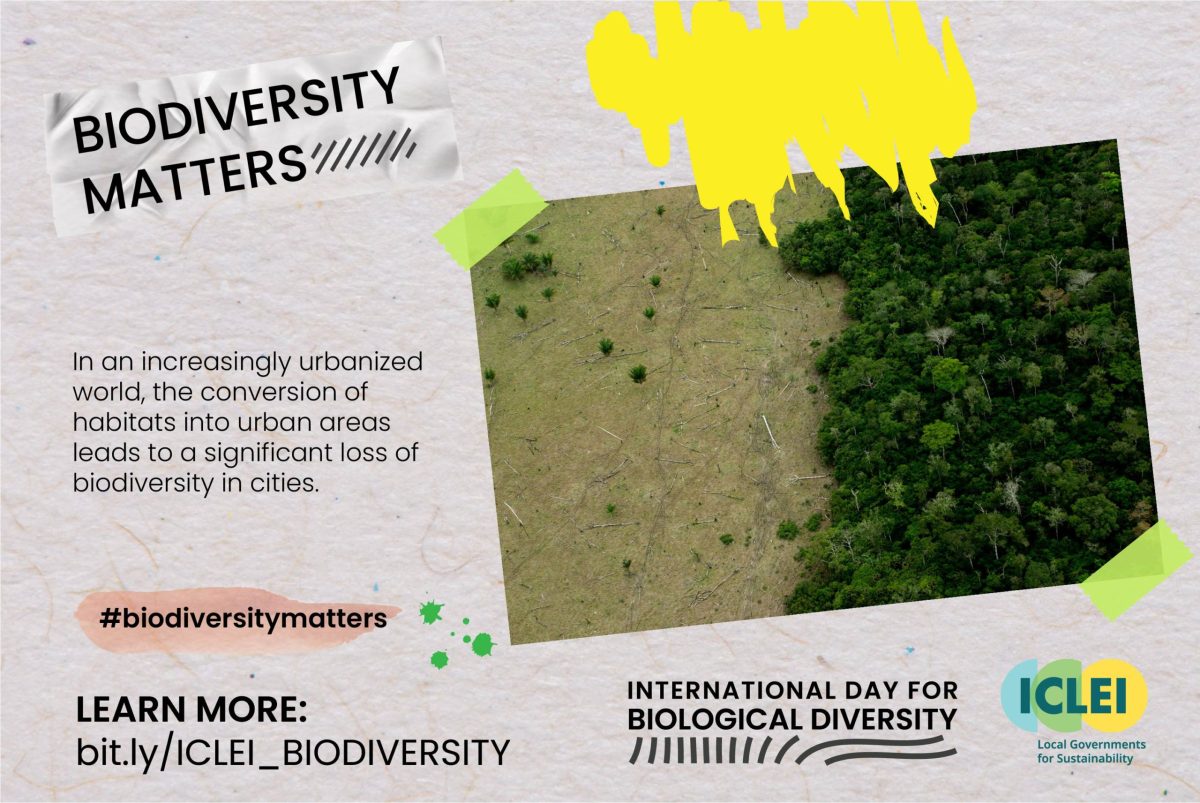Introduction
Urban areas are often associated with concrete jungles, bustling streets, and towering skyscrapers. However, amidst the hustle and bustle, there is a growing need to promote biodiversity in these urban environments. Biodiversity refers to the variety of plant and animal species that exist in a particular habitat or ecosystem. While cities may seem inhospitable to wildlife, there are numerous ways in which urban areas can be transformed into thriving habitats that support a diverse range of species.
1. Creating Green Spaces
One of the most effective ways to promote biodiversity in urban areas is by creating green spaces. Parks, gardens, and rooftop gardens provide habitats for various species of plants and animals. These green spaces not only enhance the aesthetic appeal of the city but also serve as important ecological corridors, allowing wildlife to move freely.
1.1 Native Plant Species
When designing green spaces, it is crucial to prioritize native plant species. Native plants are adapted to the local climate and soil conditions, making them more resilient and better suited for supporting local wildlife. They provide food and shelter for insects, birds, and other animals, thus promoting biodiversity.
1.2 Vertical Gardens

Vertical gardens are an innovative way to maximize green spaces in urban areas. By utilizing vertical surfaces such as walls and fences, these gardens provide additional habitats for plants and animals. They also help to reduce the urban heat island effect and improve air quality.
2. Implementing Sustainable Urban Planning
Sustainable urban planning is crucial for promoting biodiversity in urban areas. It involves designing cities in a way that minimizes the negative impact on the environment and maximizes the benefits for both humans and wildlife.
2.1 Green Infrastructure
Green infrastructure refers to the network of natural and semi-natural spaces within urban areas. It includes parks, green roofs, street trees, and wetlands. By incorporating green infrastructure into urban planning, cities can create interconnected habitats that support a wide range of species.
2.2 Wildlife Corridors
Wildlife corridors are pathways that connect fragmented habitats, allowing animals to move between different green spaces.
Summary
Promoting biodiversity in urban areas is crucial for maintaining ecological balance and enhancing the quality of life for both humans and wildlife. By creating green spaces, such as parks, gardens, and rooftop gardens, cities can provide habitats for various species. Planting native vegetation and creating wildlife corridors can help connect fragmented habitats and enable the movement of animals. Additionally, implementing sustainable practices, such as reducing pesticide use and promoting organic gardening, can further support biodiversity. Engaging the community through educational programs and citizen science initiatives can also raise awareness and encourage active participation in conservation efforts. By prioritizing biodiversity in urban planning and design, we can create healthier, more sustainable cities that coexist harmoniously with nature.
- Q: Why is promoting biodiversity in urban areas important?
- A: Promoting biodiversity in urban areas is important because it helps to create healthier and more sustainable environments. It enhances the quality of life for residents, supports local ecosystems, and contributes to the overall well-being of the community.
- Q: How can I promote biodiversity in my urban area?
- A: There are several ways to promote biodiversity in urban areas. You can start by planting native plants and trees, creating green spaces such as gardens or parks, providing habitats for wildlife, and reducing the use of pesticides and chemicals. Additionally, supporting local conservation initiatives and educating others about the importance of biodiversity can make a significant impact.
- Q: What are the benefits of promoting biodiversity in urban areas?
- A: Promoting biodiversity in urban areas has numerous benefits. It helps to improve air and water quality, reduce pollution, mitigate climate change, enhance urban aesthetics, provide opportunities for recreation and relaxation, and support the conservation of endangered species. It also promotes a sense of community and connection with nature.
- Q: Can promoting biodiversity in urban areas help with climate change?
- A: Yes, promoting biodiversity in urban areas can help with climate change mitigation and adaptation. Trees and plants absorb carbon dioxide, a greenhouse gas that contributes to climate change, and release oxygen. They also provide shade, reduce the urban heat island effect, and help to regulate temperature and humidity levels in cities.
- Q: How can I involve my community in promoting biodiversity in urban areas?
- A: Engaging your community is crucial for successful biodiversity promotion in urban areas. You can organize workshops, seminars, or community events to raise awareness about the importance of biodiversity. Encourage community members to participate in tree planting activities, community gardens, or wildlife habitat creation projects. Collaboration with local schools, businesses, and organizations can also foster community involvement.

Hello wanderers, adventurers, and lovers of the great outdoors! I’m Anthony Coughlan, the heart and soul behind TerraWonders. If you’ve found your way here, it’s probably because you, like me, have an undying passion for travel, a penchant for luxury camping, or an affinity for embracing nature without compromising on comfort.

